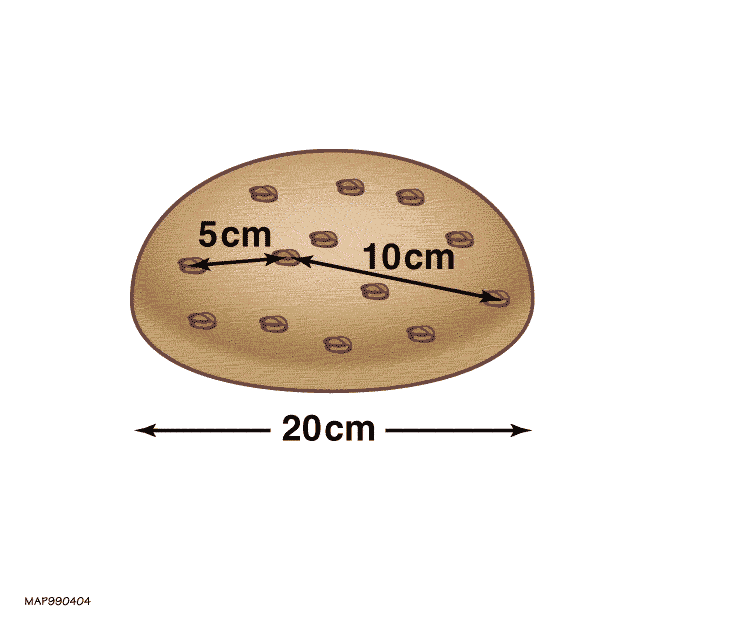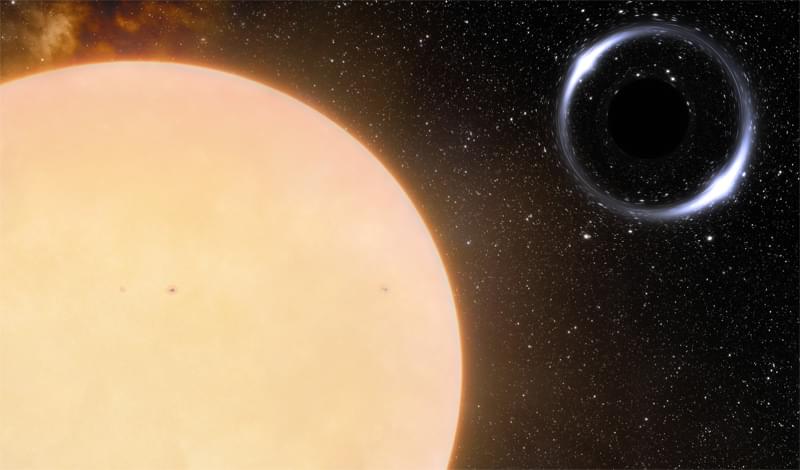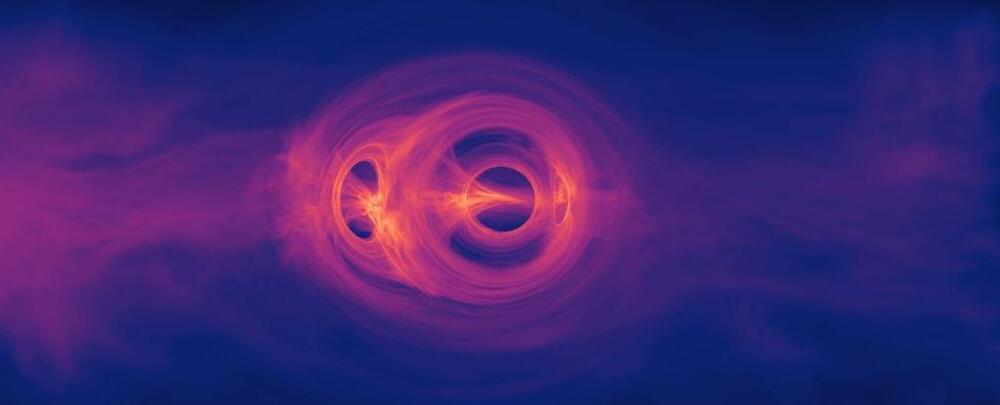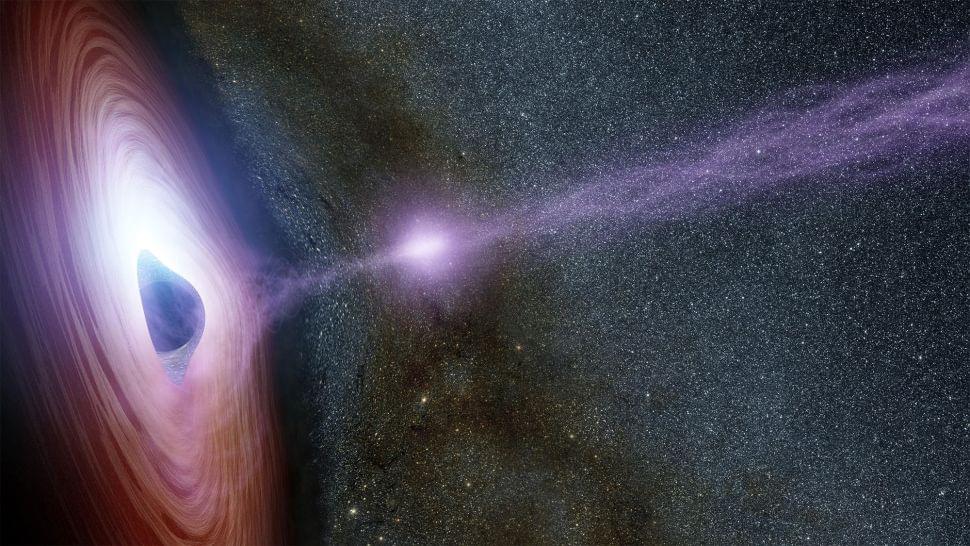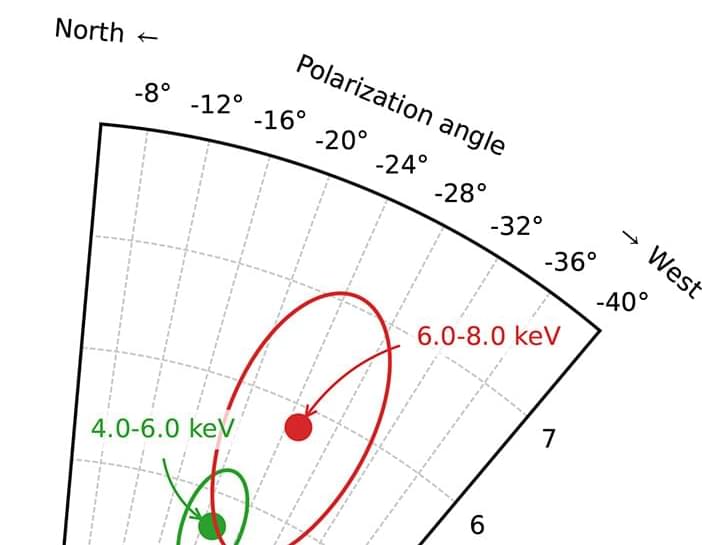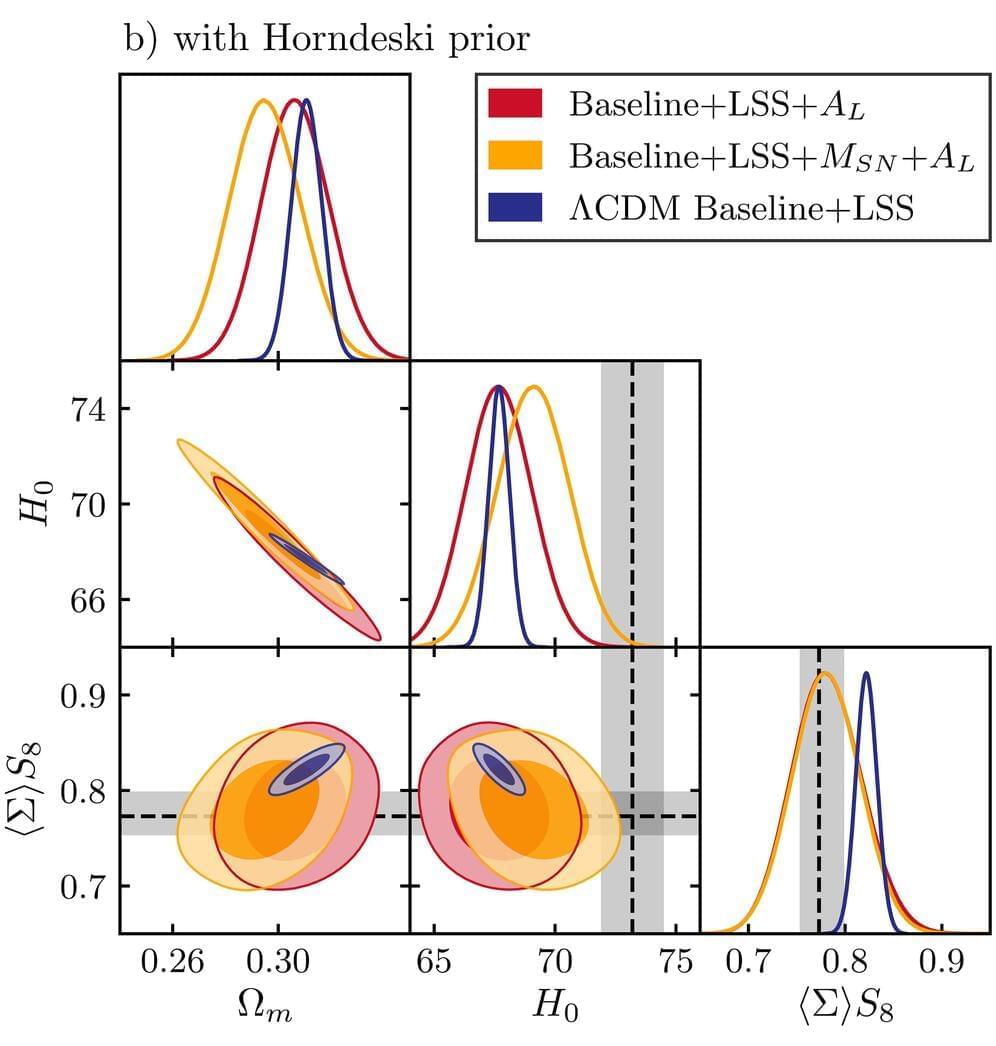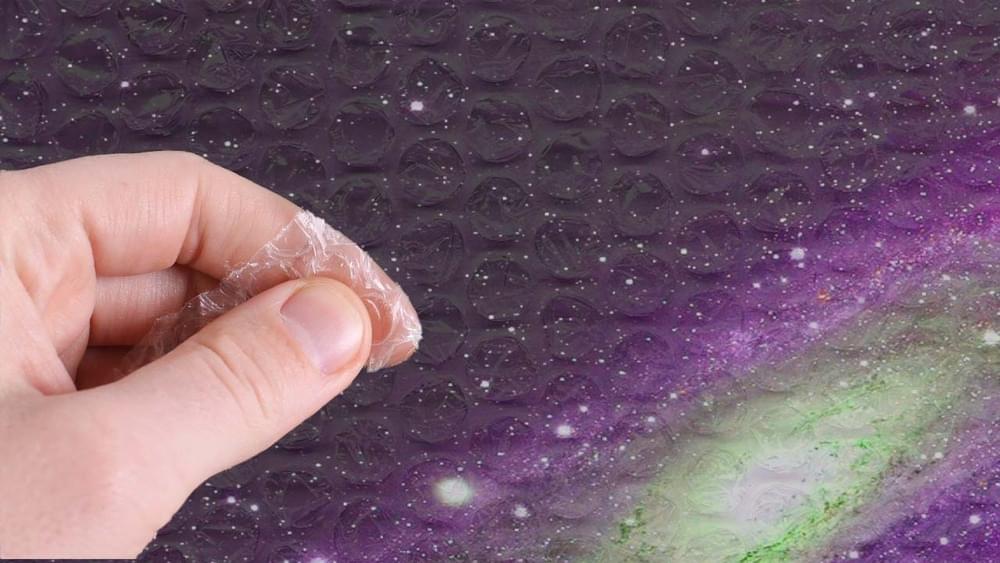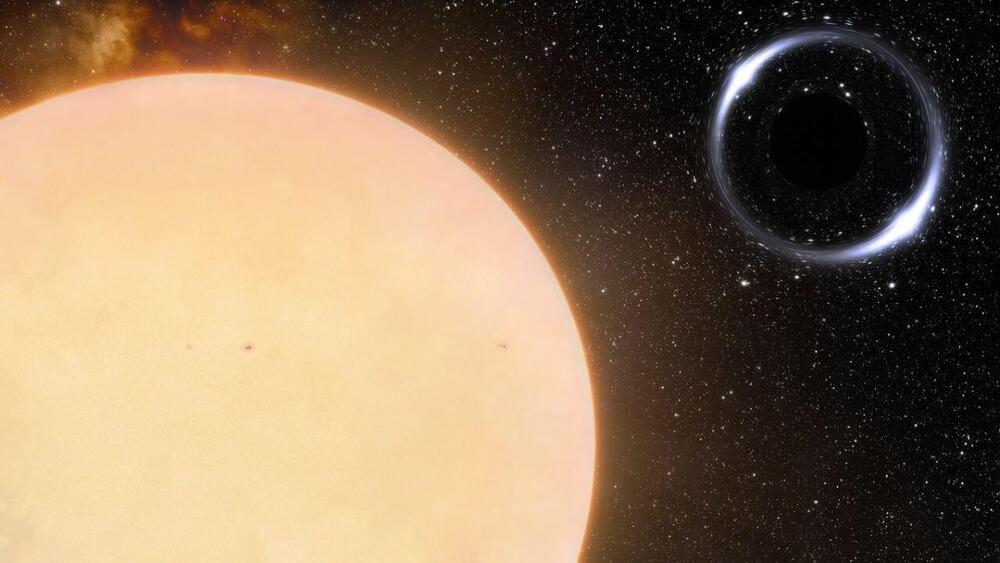You can imagine starting at the beginning, evolving the Universe forward according to the laws of physics, and measuring those earliest signals and their imprints on the Universe to determine how it has expanded over time. Alternatively, you can imagine starting here and now, looking out at the distant objects as we see them receding from us, and then drawing conclusions as to how the Universe has expanded from that.
Both of these methods rely on the same laws of physics, the same underlying theory of gravity, the same cosmic ingredients, and even the same equations as one another. And yet, when we actually perform our observations and make those critical measurements, we get two completely different answers that don’t agree with one another. This is, in many ways, the most pressing cosmic conundrum of our time. But there’s still a possibility that no one is mistaken and everyone is doing the science right. The entire controversy over the expanding Universe could go away if just one new thing is true: if there was some form of “early dark energy” in the Universe. Here’s why so many people are compelled by the idea.
